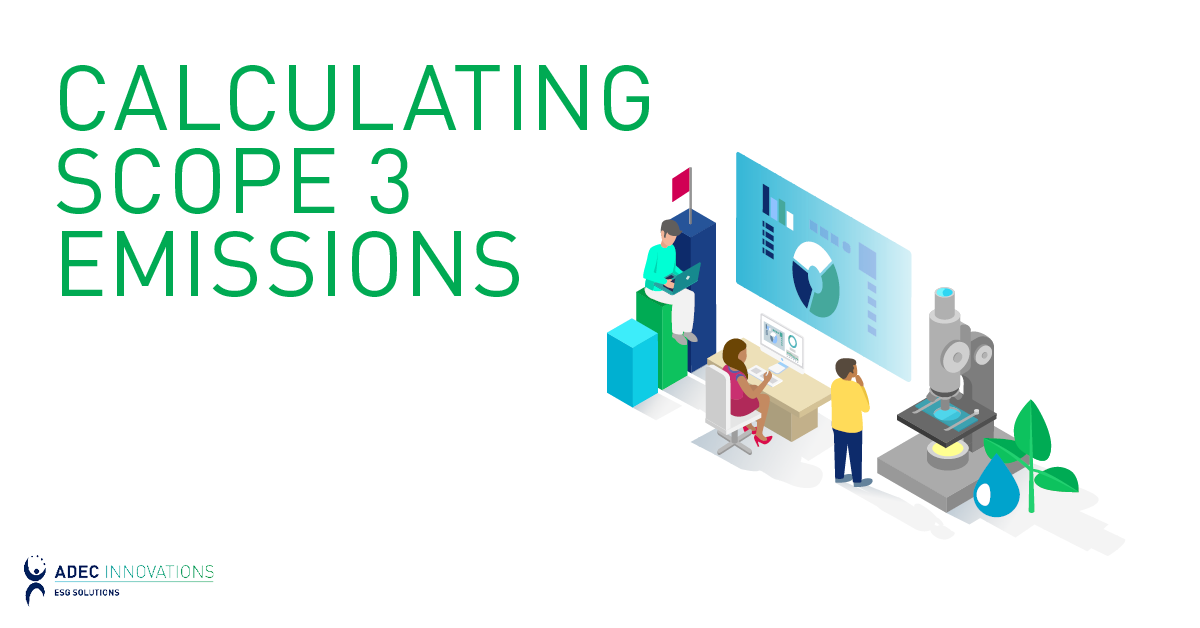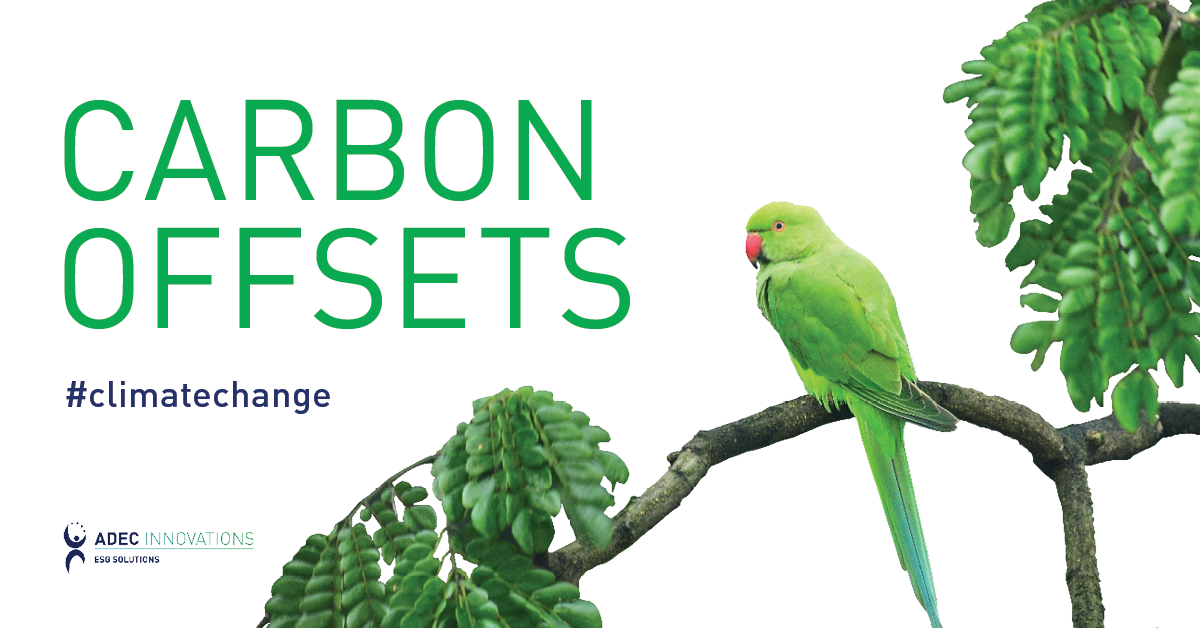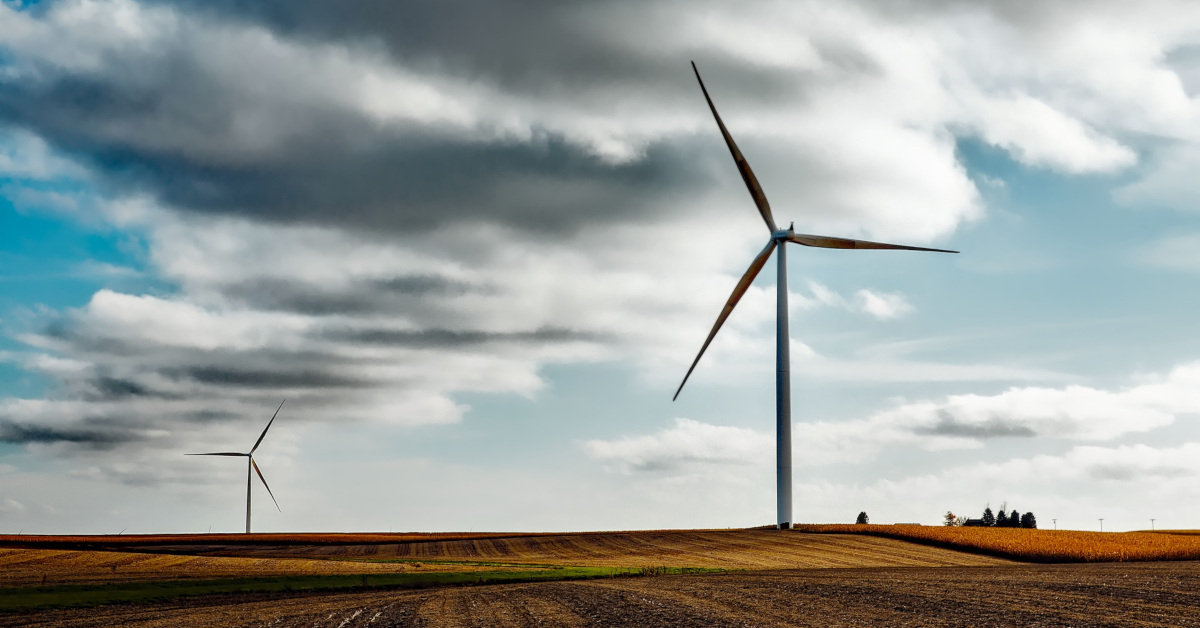If the Cap-and-Trade Charge Is Not a GHG Emissions Tax, Then What Is It?
When the cap-and-trade charge was added to Ontario consumers’ bills for fuel at the pump, electricity, and natural gas, the public reacted like it was another tax. This is understandable because it looks like a greenhouse gas (GHG) emissions tax. Fuel suppliers, electricity importers, and natural gas distributors do not show the cap-and-trade charge as a separate line item like the HST (harmonized sales tax), but consumers have been paying this additional cost since January 2017. It is not shown because the distributors wanted the cap-and-trade charge buried in their delivery charges. If it were easily identified, then at a minimum it would have informed consumers that the government is dealing with the cost of climate change. But, it is more complicated than that.

By Sharolyn Vettese
August 1, 2017
 When the cap-and-trade charge was added to Ontario consumers’ bills for fuel at the pump, electricity, and natural gas, the public reacted like it was another tax. This is understandable because it looks like a greenhouse gas (GHG) emissions tax. Fuel suppliers, electricity importers, and natural gas distributors do not show the cap-and-trade charge as a separate line item like the HST (harmonized sales tax), but consumers have been paying this additional cost since January 2017. It is not shown because the distributors wanted the cap-and-trade charge buried in their delivery charges. If it were easily identified, then at a minimum it would have informed consumers that the government is dealing with the cost of climate change. But, it is more complicated than that.
When the cap-and-trade charge was added to Ontario consumers’ bills for fuel at the pump, electricity, and natural gas, the public reacted like it was another tax. This is understandable because it looks like a greenhouse gas (GHG) emissions tax. Fuel suppliers, electricity importers, and natural gas distributors do not show the cap-and-trade charge as a separate line item like the HST (harmonized sales tax), but consumers have been paying this additional cost since January 2017. It is not shown because the distributors wanted the cap-and-trade charge buried in their delivery charges. If it were easily identified, then at a minimum it would have informed consumers that the government is dealing with the cost of climate change. But, it is more complicated than that.
The intent of this charge in the cap-and-trade program is to target a large segment of greenhouse gas (GHG) emissions producers – the end-users of these GHG-emissions-generating products—and to encourage consumers to use less. This is the only portion of the program that has a direct charge on consumers, and it looks like a carbon tax, but it is not. This is probably why the California cap-and-trade program faced a lengthy court challenge from the Chamber of Commerce’s local businesses based on the argument that the cap-and-trade charge was an illegal tax, or a tax wolf in a sheep’s clothing. On June 28, the Supreme Court of California ruled in the state’s favor.
Here’s a simple way to check if something is a tax: ask the Ministry of Finance, the ministry responsible for collecting the province’s taxes. I did, and they told me there is no such tax. What then is the cap-and-trade charge? It is a means to collect payment for the distributors’ emissions allowances. These allowances are unlike the other allowances in the program, and this, among other things, caused the confusion. Here is how that happened.
Prior to the adoption of the cap-and-trade program in 2016, large GHG-emitting facilities have been reporting their yearly emissions since 2010. Many of these mandatory and voluntary participants are facilities owned by fuel suppliers, electricity importers and natural gas distributors. The program allows all registered facilities to apply for free emissions allowances.
It was only after the first emissions allowances auction that things became clearer. The fuel suppliers, electricity importers and natural gas distributors get their free allowances for their facilities participating in the program, but they are also distributors, and as such they don’t get free allowances for their products sold to their customers. They have to collect payment for their allowances directly from their customers.
Essentially, there are two types of mandatory participants in the programs: the registered capped facilities that have been reporting their GHG emissions since 2010, and the three aforementioned types of distributors. There are companies that fall in both categories. What added to the confusion is that there are no historical GHG reports for the distribution companies. This means the distributors, which are mandatory participants, have no benchmark to decrease the capped amount by 4.57% per year during the first compliance period that ends in December 2020. This is being addressed since distributors are required to provide GHG reports starting June 1, 2017, on their 2016 emissions.
Registered capped emitters must purchase their shortfall of allowances at auction, or in the secondary markets. It is here where the distributors use the collected cap-and-trade charge monies to buy the emissions allowances they need.
What happens if distributors have a shortfall of allowances? They can increase the cap-and-trade charge, which is another reason to show it separately. Instead of just complaining about rising energy costs, informed consumers and governments can collect this data to determine programs designed to reduce consumption, like replacing for free old energy hogs that are more than 15 years old with new energy-efficient appliances instead of paying higher charges.
This leads to another question: If there is a surplus of allowances at the end of the compliance period, and the price of carbon is higher, will consumers share in the profit? I think they should, if we are to logically maintain the assertion that this is not a GHG emissions tax. And just maybe, this is exactly the reason why the distributors wanted the cap-and-trade charge buried.
The views and opinions expressed is this article are solely those of the original author. These views and opinions do not necessarily represent those of ADEC Innovations, and/or any/all contributors to this site.
ADEC Innovations helps you get beyond manual processes and spreadsheet-based tools to help you collect all the emissions data you need, including your indirect emissions, and to accurately inventory and manage carbon for greater profitability and sustainability. For more information about our carbon emissions solutions, please click here.
Related Articles
GHG Emissions, Carbon Tax, Cap and Trade
By Tyanna Bui on November 2, 2021
Carbon Management | GHG Emissions
By Sharolyn Vettese on July 16, 2019
Environmental Planning | Carbon Tax | Cap and Trade
Be a sustainability leader.
Our team supports you no matter where you are on your Sustainability Journey. Talk to us today to learn more.




